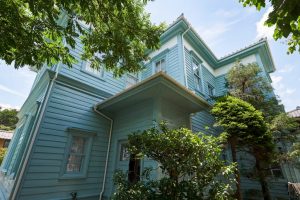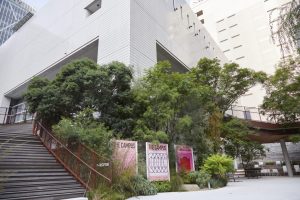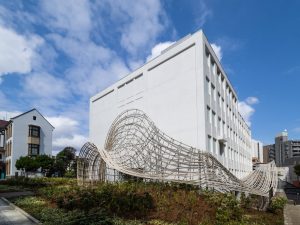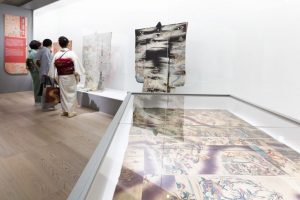The origin of the Seikado Bunko Art Museum dates back to Meiji Era (1868-1912). Yanosuke Iwasaki (1851-1908), Mitsubishi’s second president and younger brother of its founder, Yataro, expressed concern about the dispersion of valuable cultural assets due to the significant changes in lifestyle and culture, including the anti-Buddhist policies from the late Edo Period to the Meiji Era. While Yanosuke is known for laying the foundation of the Mitsubishi conglomerate, over 10 years before assuming presidency, he began collecting swords in response to the Sword Abolishment Edict in 1876 (Meiji 9) and the following year’s Satsuma Rebellion. In addition, he made efforts to acquire collections left by disintegrated feudal lord families and late Qing Dynasty scholars, including tea ceremony utensils and classical literature, as much as possible in bulk. Japanese and Chinese classical literature (books written in classical Chinese) were purchased in unites of thousands or ten of thousands.
Seikado Bunko Art Museum at Marunouchi
New Art Spot
No.007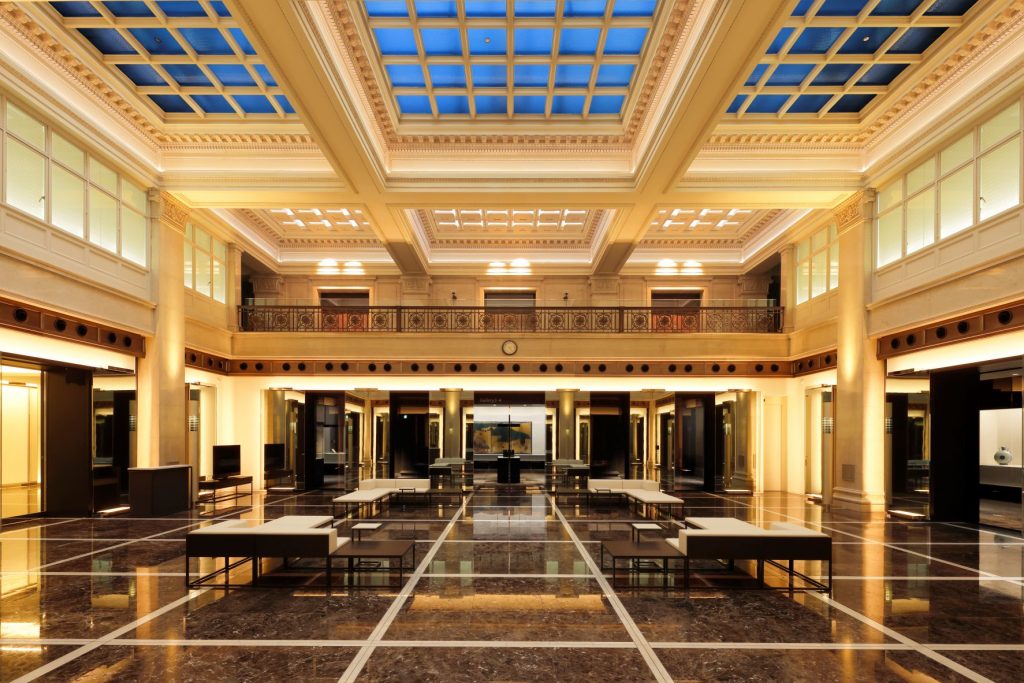
The Seikado Bunko Art Museum houses one of only three existing Yohen Tenmoku tea bowls in the world, along with seven national treasures and 84 important cultural properties. About 130 years after the founding of the Seikado Bunko, a new gallery was opened in Marunouchi in the autumn of 2022. Affectionately known as “Seikado@Marunouchi.” Located on the first floor of the Meiji Seimei Kan, a 5-minute walk from JR Tokyo Station. With its glamorous interior design that preserves the modern architecture, designated as an important cultural property, the exhibition rooms surround the foyer where light streams in. Looking back on the history leading up to the establishment of the new gallery, we introduce the charm of the Seikado Bunko Art Museum, embarking on a new start.
Collection like a time capsule
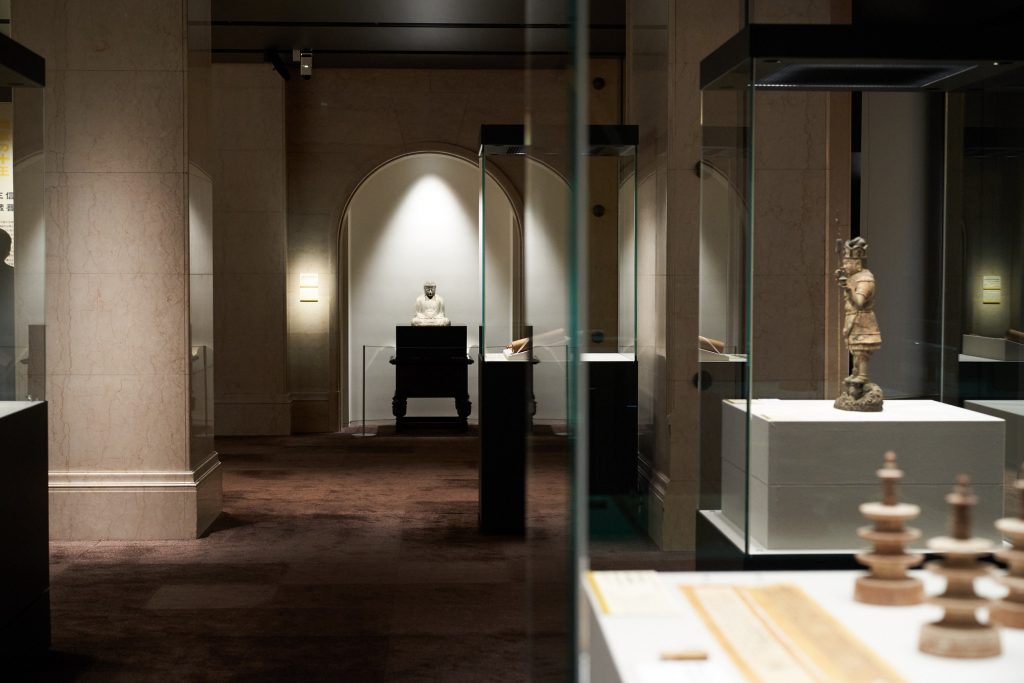
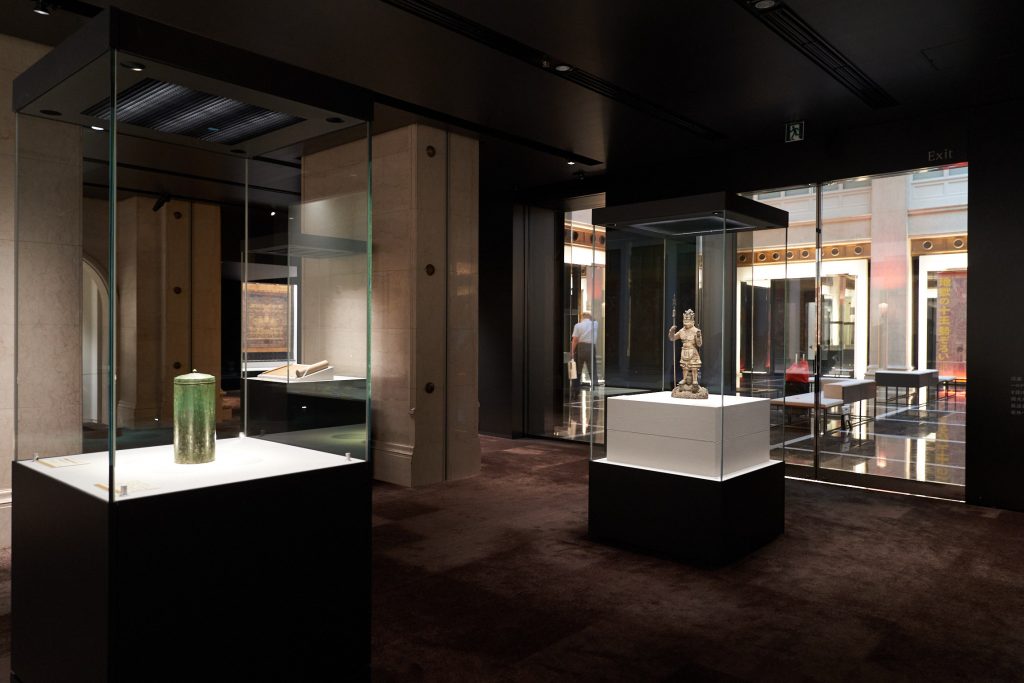
Photo: achiko Saito
The Seikado collection is like a time capsule. The cultural assets that were trendy from the late Edo Period to the Meiji Era are preserved as they were and continue to exist today. It’s not just a hobby to collect them,” says curator Eri Yoshida, explaining the background of the collection. In 1872, when Yanosuke was 21 years old, he spent about a year studying in the United States. There, he encountered the book The Gospel of Wealth by the American businessman Andrew Carnegie, known for Carnegie Hall. Impressed by the philosophy stated there, “As businessmen, one must return their wealth to society,” Yanosuke began supporting arts and culture. Besides collecting, Yanosuke also supported contemporary artists. Around 1892, he built a library in his residence in Surugadai, Tokyo, established a place for his mentor Seisai Shigeno’s national history compilation project, and supported historical research. This was the beginning of the Seikado Bunko.
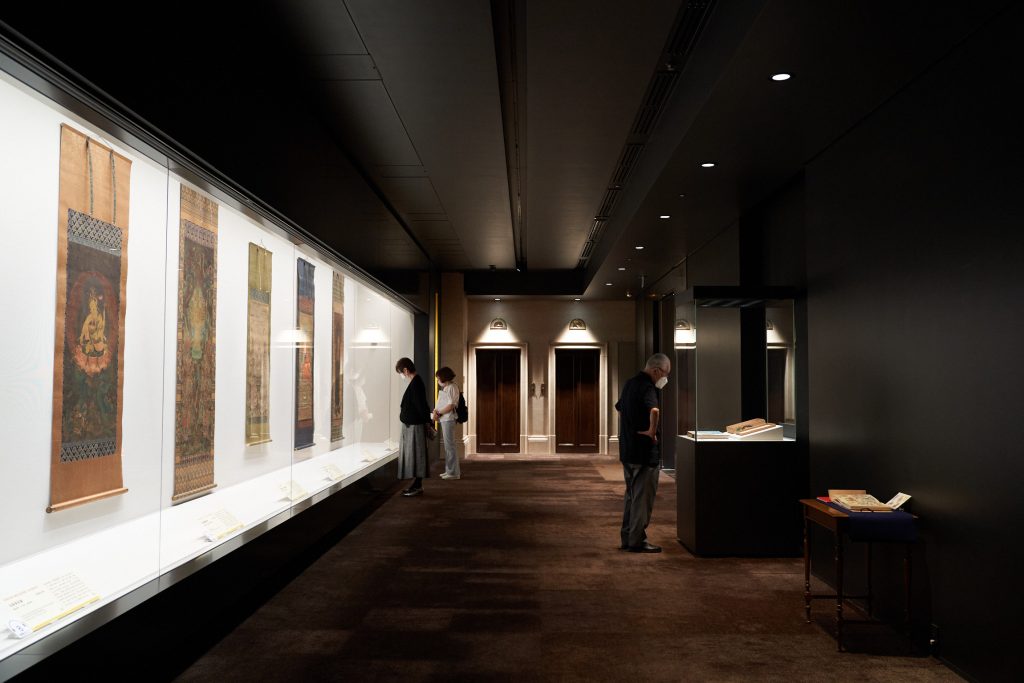
Photo: Sachiko Saito
Origin of Seikado
The one who respected his father and inherited this collection was his son, Koyata (1879-1945). Seikado was derived from the phrase “hento seika” fond in the oldest Chinese poetry collection, the “shikyo” shijing, meaning “offering beautifully arranged in front of ancestors’ spirits.” Koyata built a mausoleum in Okamoto, Setagaya-ku, designed by Josiah Conder, on the third anniversary of his father’s death. Then, on the 17th anniversary in 1924, in accordance with the meaning of Seika, he relocated the mausoleum and built a Western style house and library nearby, relocating the Seikado Bunko. Koyata himself began expanding the collection, with the purchase of Yohen Tenmoku tea bowl, further enriching his father’s collection. The classical books both in Japan and China, collected by Yanosuke and Koyata amounted to about 200,000 volumes, while the Oriental antiques numbered around 6,500 items.
After Koyata’s death, in 1992, marking the 100th anniversary of the foundation of Seikado Bunko, an art museum was opened next to the Bunko library. Thirty years passed, in October 2022, the museum’s exhibition rooms were newly established in Marunouchi.
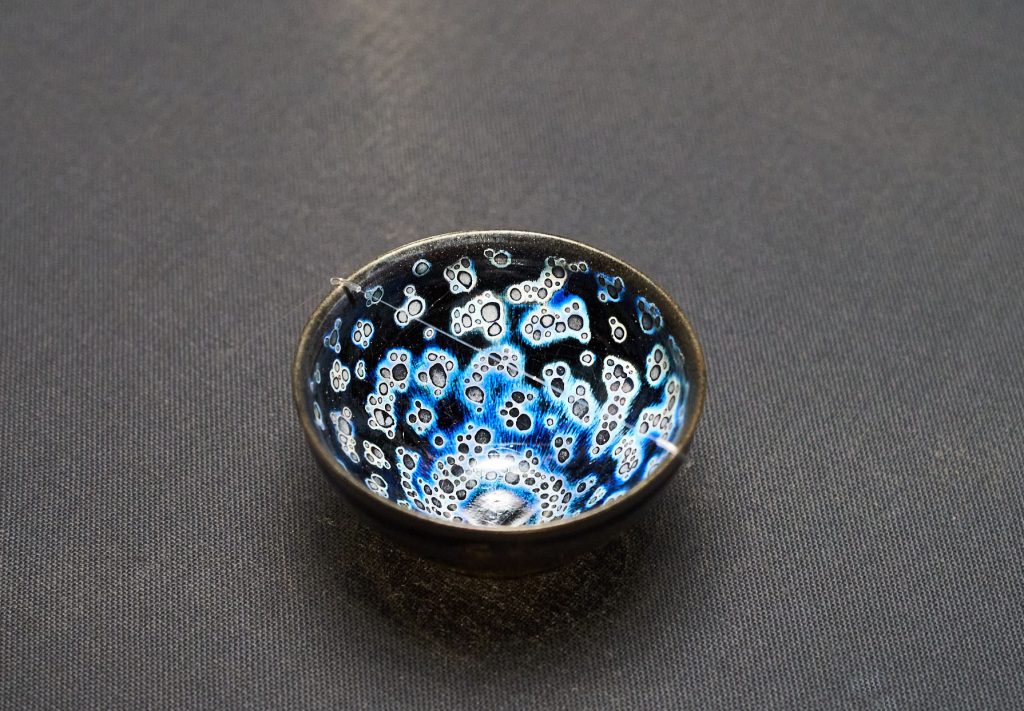
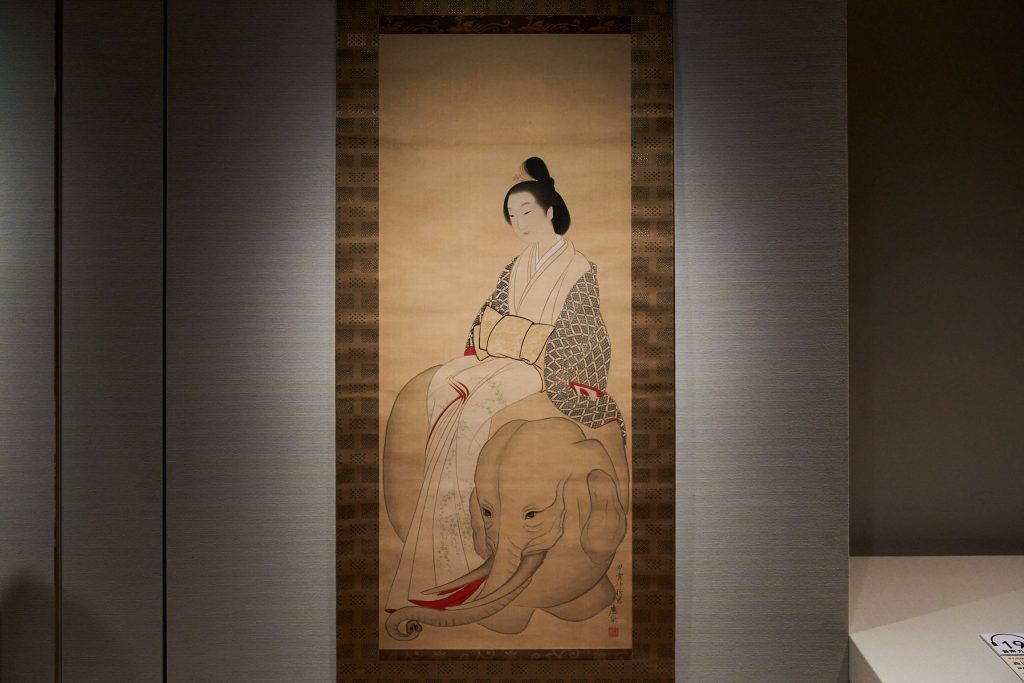
“The main reason for establishing new exhibition rooms in Marunouchi is to allow more people to see the collection of Seikado. We aim not only to preserve cultural assets but also to utilize them. Seikado@Marunouchi can be easily accessed without getting wet from rain, both from Tokyo Station and from Nijubashimae (Marunouchi).”
In fact, Yanosuke, who was the president of Mitsubishi, had already conceived the idea of establishing cultural facilities within the development plan for the business district in Marunouchi. Although it didn’t materialize, drawings by Josiah Conder from around 1892 still exist
Inheriting a dream from 130 years ago and connecting to the future
Seikado@Marunouchi, which was also Yanosuke’s dream over 130 years ago, is located on the first floor of the Meiji Seimei Kan building. Designed by Shinichiro Okada, known as a master of architectural style, the Meiji Seimei Kan is a masterpiece of classical architecture in Japan. Elaborate patterns covered on the ceiling, marble pillars, and features such as elevators preserve the charm of the time of its completion in the foyer and exhibition rooms.

The main activities of the museum currently include exhibiting and making collections accessible to the public, and also restoration efforts. The exhibition “Exploring the World Beyond: The Ten Kings of Hell,” which opened on August 11, 2023, featured a splendid lineup showcasing Buddhist art, a core component of the collection. This exhibition included one national treasure, two important cultural properties, and five important art objects. In addition, 12 pieces in total (including six pieces publicly displayed for the first time after restoration) have been restored and unveiled to the public.
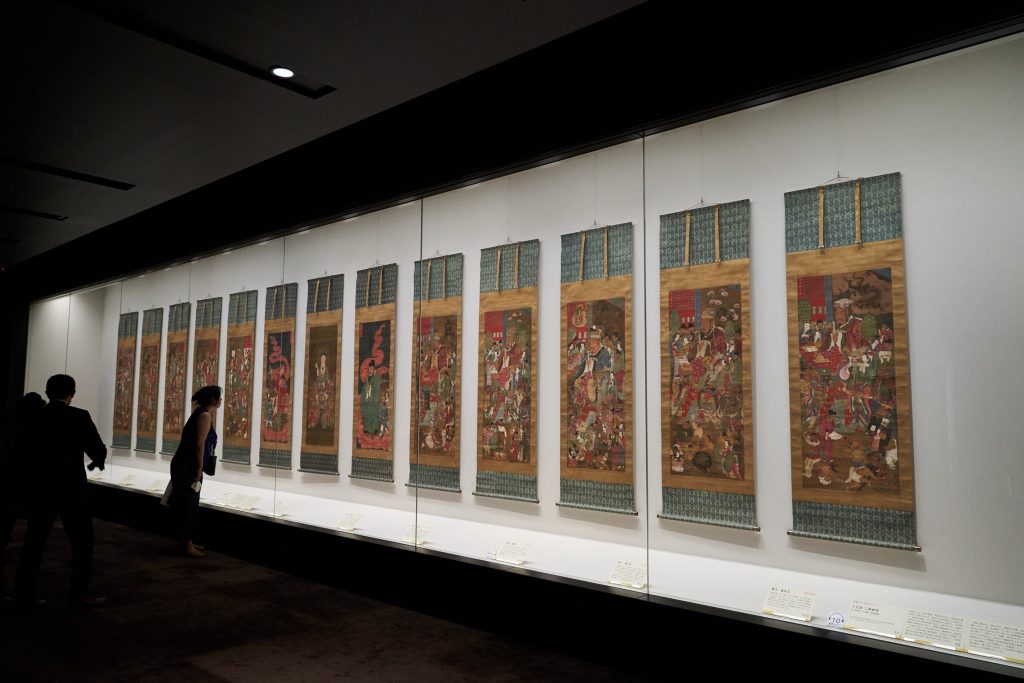
Photo: Sachiko Saito
“Most of the exhibits in this exhibition were collected by Yanosuke himself. Among private collection of Buddhist art in Japan, our museum stands out both in terms of quality and quantity, with many rare pieces. In particular, the Ten Buddhist Kings of Hell is a subject depicted in many other works, but this piece, vibrant and lively with two messengers, has no parallel in China, making it literally a unique piece.”
The Ten Buddhist Kings of Hell depicts the ten kings of the underworld. This exhibition showcased a total of 13 scrolls, including the designated important art objects Ten Buddhist Kings of Hell and Two Messengers and Ksitigarbha and the Ten Kings of the Buddhist Hell. This display method was not possible in the Setagaya exhibition rooms due to space constraints.
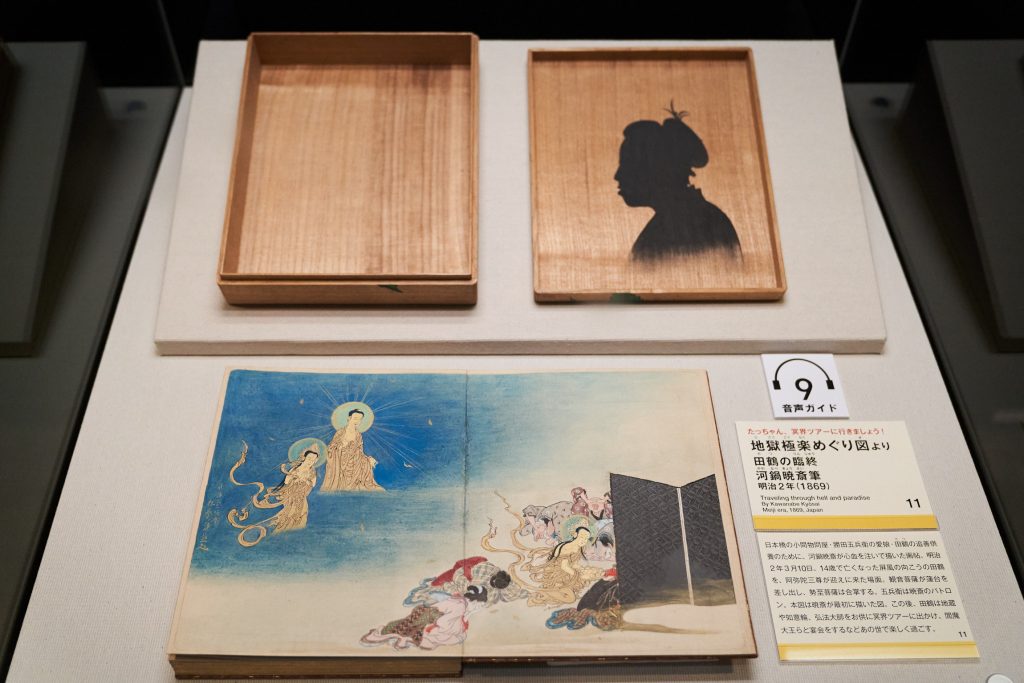
Photo: Sachiko Saito
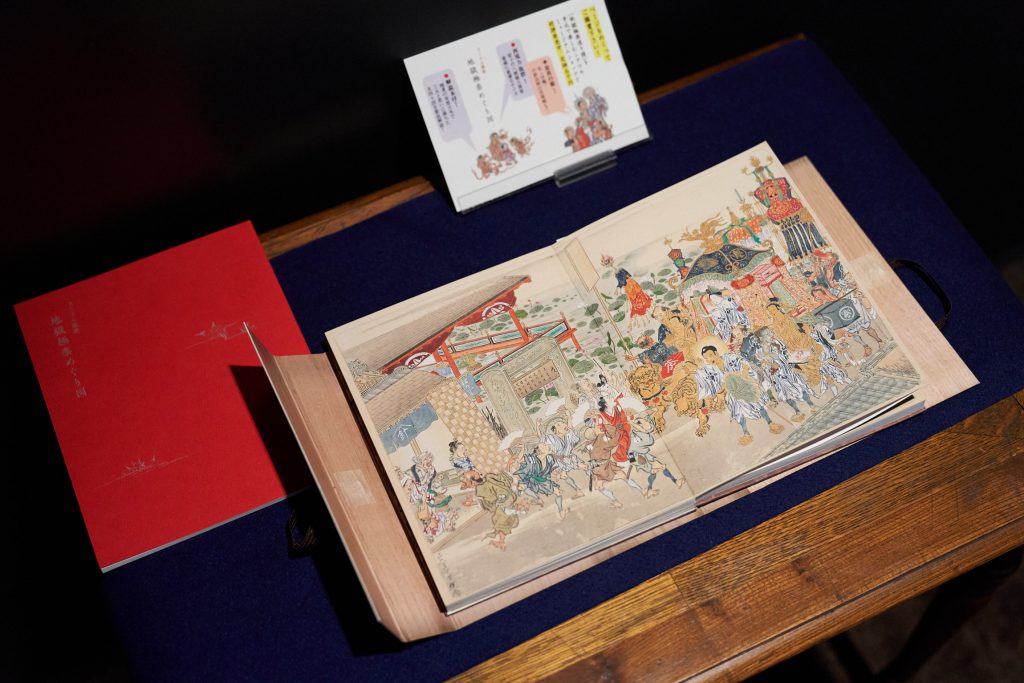
Photo: Sachiko Saito
“Ensuring that many people can see these artworks and contributing to the research and development of art and culture is the wish of the founder, Yanosuke,” says Ms. Yoshida. Recently, activities such as the reproduction of Traveling through hell and paradise depicted by Kyosai Kawanabe, and nearly life-sized plush toy of Yohen Tenmoku have sparked interest and expanded the museum’s reach. Meanwhile, at the Seikado Bunko in Segataya, they continue their operations as a specialized library, providing access to classical literature. Since 2023, they have also been involved in the NW project of the National Institute of Japanese Literature, initiating projects to digitize these materials.
Preserving and exhibiting ancient artworks, and fostering new discoveries and intellectual creations. The Seikado Bunko Art Museum diligently continues this work, carrying on the wishes of Yanosuke and Koyata for future generations.
Japanese original text: Emi Sato
Translation: Kae Shigeno
Seikado Bunko Art Museum
Location: Meiji Seimei Kan 1F, 2-1-1 Marunouchi, Chiyoda-ku, Tokyo
Hours: 10:00 a.m.-5:00 p.m. (Until 6:00 p.m. on Saturday) Admission until 30 minutes before closing.
Closed: Mondays (open on national holiday Mondays and closed on the following days)
Admission: 1,500 yen for adults.
https://www.seikado.or.jp/english/


